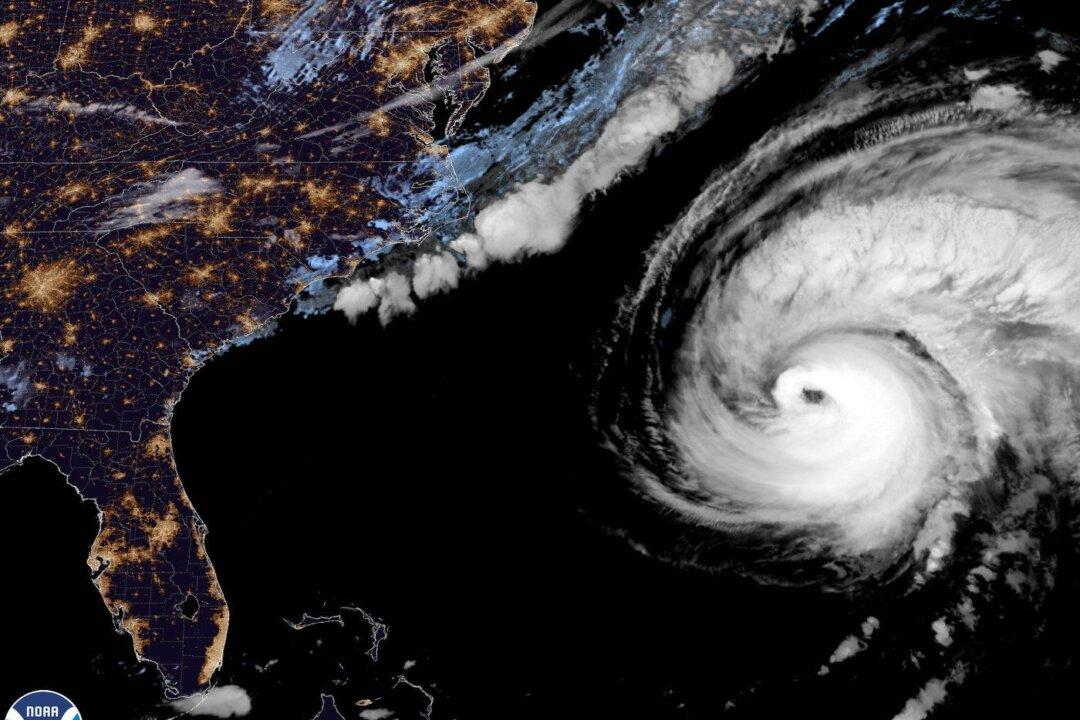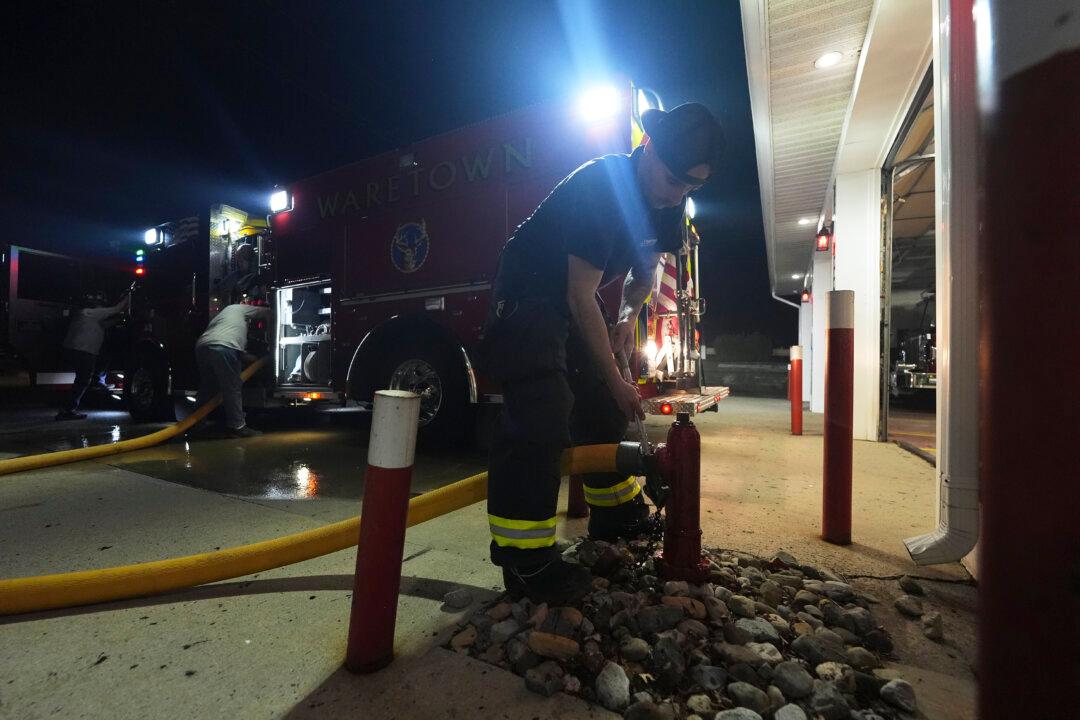A Canadian forecaster says a revised outlook predicting more storms than average in the Atlantic Ocean this hurricane season increases the chance of a significant storm hitting Eastern Canada.
Chris Fogarty, who heads the Canadian Hurricane Centre in Dartmouth, N.S., said the primary reason for the new estimate this week from forecasters in the United States is higher than normal ocean temperatures, which help fuel hurricanes.





